
With the Irish 2030 agri-food strategy preparations underway, Regenerative Farming Ireland (RFI) have launched a vision for a truly green farming, food and rural future for Ireland, Farm-2-Fork 2030. Stuart Meikle, member of RFI, lays out the vision here.
In recent years Ireland’s government has produced two well-known agri-food strategies, Food Harvest 2020 and Food Wise 2025. The preparations for a 2030 strategy are now underway.
The earliest of these dates from 2011 and was developed as a response to the post Celtic Tiger financial crisis. Agriculture had become the sunset industry but changing circumstances offered a new dawn with agri-food being identified as a potential source of greater export revenues. Food Harvest 2020 foresaw volume driven growth with the dairy industry, unfettered by the end of milk quotas in 2015, to the fore. Food Wise 2025 embedded the export growth and production volume targets of its predecessor. With 2020 around the corner, the targets have largely been achieved.
The success has, nonetheless, been accompanied by rising concern over total GHG emissions, nitrate and ammonia pollution and biodiversity loss. Also, assessing the trade balance has been given little consideration with raw material imports for both the food and farming industries rising. Whether the agricultural production volumes are sustainable is also questionable in light of the two recent major fodder shortages. There is little evidence that the strategies have enhanced farm gate prices or farm incomes. The headline success stories hide what is happening on the ground to farming, to rural communities and to the environment. These are issues that urgently need addressing.
Regenerative Farming: Ireland’s Farm-2-Fork 2030
The Regenerative Farming Ireland [RFI] group was founded to support:
-
knowledge transfer and the exchange of new ideas between farmers
-
farmer-led and practitioner-focused innovation and experimentation
-
producers to enhance food supplies and minimize their eco-footprint
-
creators and producers of regenerative-origin terroir-rooted produce
-
processor-farmer supply-chain relationships that link farm to product
-
route to market developments for regeneratively-produced products
-
farmer and processor and consumer communications and interaction
To place that within a broader context, RFI has written a vision for Irish farming, its food sector and its rural communities. This vision considers many issues now affecting food and farming, both within Ireland and within a global context. It was also written in the knowledge that the Irish 2030 agri-food strategy was to be prepared and that the CAP may, to a degree, be ‘renationalized’ with greater decision-making powers being reverted to Member States.
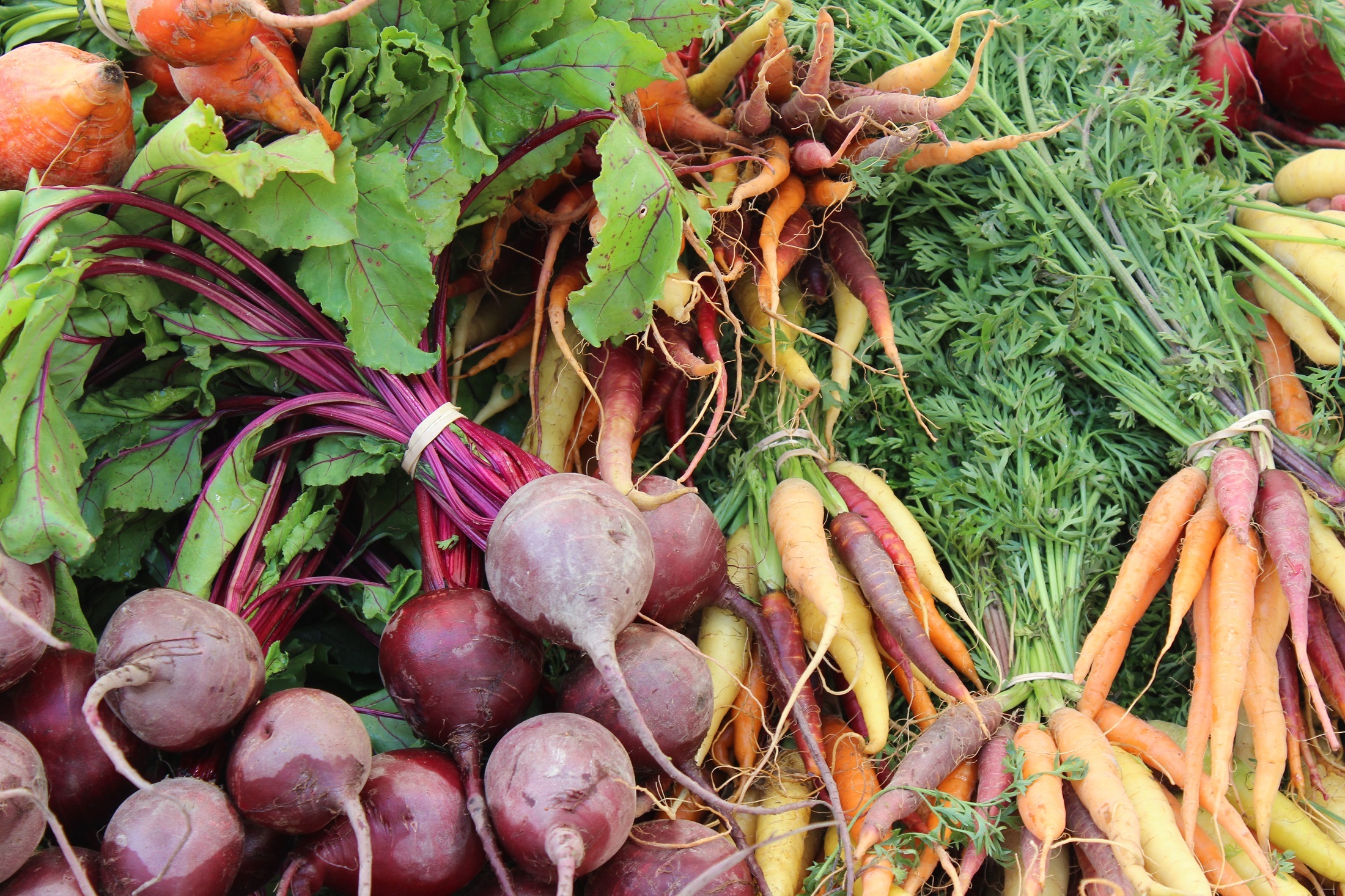
Recognising the urgent need for change
Farm-2-Fork 2030 does not set targets for export or production volume growth, instead it focuses upon first identifying the major issues facing farming, food, rural communities and the environment. It then seeks to identify potential solutions to these issues. Thus, it is problem-solution driven vision.
The vision document lists the following serious issues facing food producers:
-
expected GHG-emission-reduction regulatory constraints and mitigation taxes
-
soil degradation and failing soil-biome health will make our soils unproductive
-
farming interaction with soil either causes biodiversity loss [or regenerates it]
-
pollinator and beneficial-to-food-production insect populations are collapsing
-
fossil-fuels used for power, nitrogen-fertilizers and farming-plastic are limited
-
reserves of key plant nutrients obtained by mining are becoming critically low
-
farming must minimize its release of pollutants into the air and water courses
-
human health care will be compromised if farm antibiotic use is not curtailed
-
natural resistances to mainstream / conventional farming’s solutions is rising
-
consumers’ demand and farmers’ desire for ever-better farm-animal welfare
-
upland farms will need to be managed as water catchments for flood control
It also highlights that the following changes are needed to restore the environment:
- food production has to focus on farming that has negative NET GHG emissions
- farming practices have degraded soils to a point that jeopardizes food security
- carbon sequestration objectives will mean tree-plantings and larger hedgerows
- water resources, lakes and rivers are being imperiled by agricultural pollutants
- consumer, taxpayer and husbandry demands will be to regenerate biodiversity
And last but not least the changes needed to sustain family-farm finances:
- income must come from consumers and not direct payments from taxpayers
- exposure to low-value global markets jeopardizes small-scale family farming
- small farms will not survive at the base of volatile commodity supply-chains
- family farms need access to value-added and/or off-farm incomes to survive
- diversified / resilient income streams are required to motivate descendants
- higher income is vital to regenerate family-farming’s physical infrastructure
- farming’s infrastructure also needs vibrant rural communities to be justified
The above are the problems, so what are the envisioned solutions?
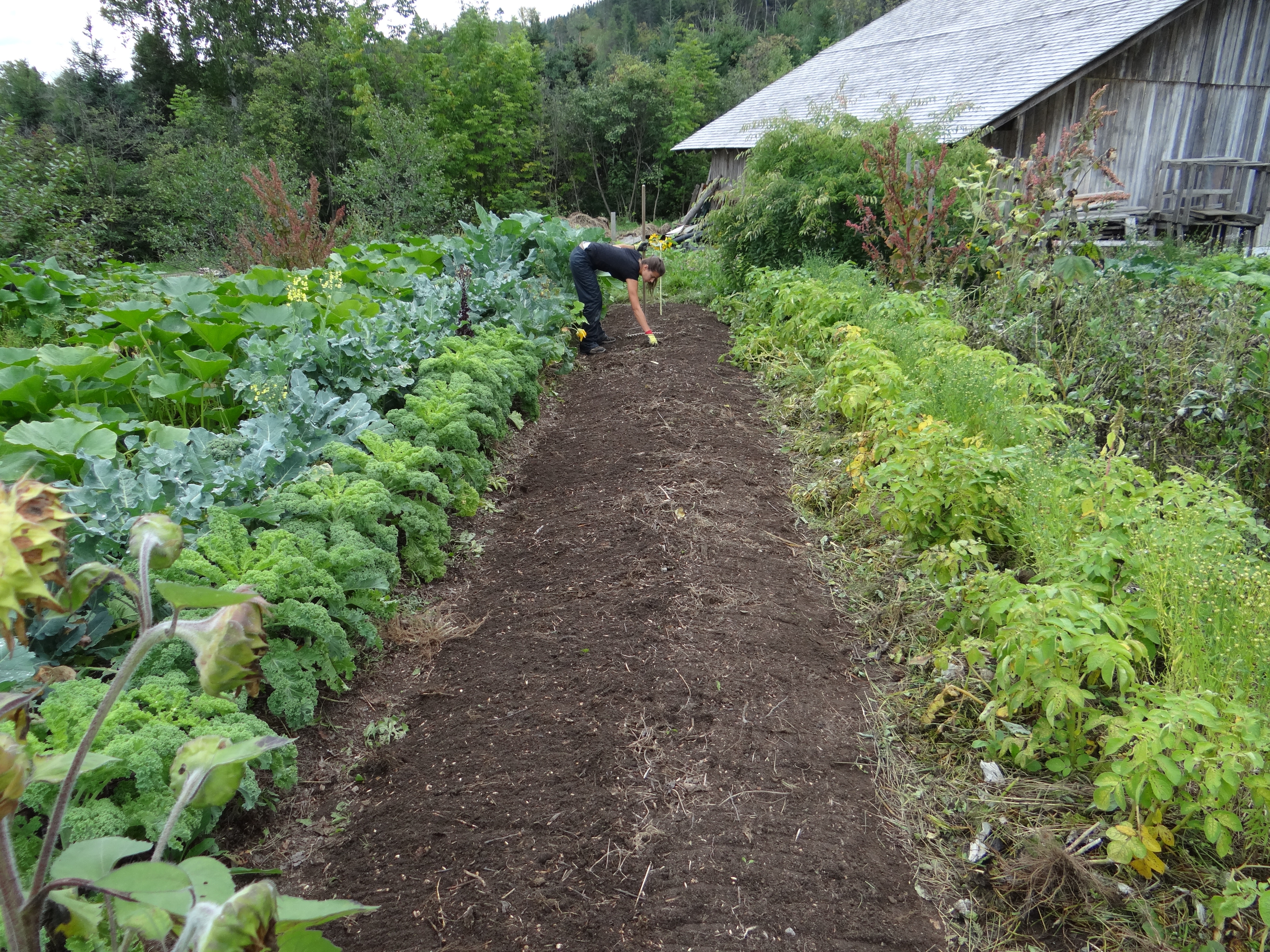
Moving from vision to reality
Farm-2-Fork 2030 highlights a series of actions that should be taken to address the many issues highlighted above. The key actions are highlighted below and divided into farming and marketing actions. The main Farm-2-Fork report and its annexes then goes on to elaborate further.
A – The Farming Perspective
- employ soils-first, ecologically-orientated farming methods to regenerate soil
- enable farms to be productive and profitable using only their natural resources
- minimize agrochemical use to revive farmland bird, animal and insect numbers
- process farm ‘waste’ into soil improvers, for energy and to improve biosecurity
- research the consequences of all agricultural applications for soil-biome health
- encourage farming diversity to create both habitat and farm-income resilience
- stop agri-food pollution of soils, aquifers, rivers and lakes and the atmosphere
- minimize soil-carbon losses and maximize sequestration to be ‘carbon neutral’
- enhance farm-animal welfare to benefit animals and meet consumer demand
- reward farmers for their role in water catchment and landscape management
B. The marketing perspective
- recognize that tax-payer funding obligates an Irish-consumer-first food-system
- deliver the diet-necessary diversity of foods to the Irish market all year around
- facilitate the production of local foods processed locally for local communities
- use local processing to regenerate rural communities and sustain family farms
- build multiple routes to market for farmers to enhance post-farm-gate options
- legislate that abattoirs deliver a ‘public service’ and to guarantee local options
- tax-payers to fund a food inspection service and local-food-supply-chain grants
- switch the export focus onto unique, high-value, nutrient-dense food products
- develop consolidation schemes to enable local foods to access distant markets
- farms to be food, fibre, energy, timber, agro-tourism and recreation providers
The Farm-2-Fork 2030 principles
To underpin the actions proposed, a set of guiding principles have been identified. These are listed below in, as with the entirety of Farm-2-Fork, a bullet point format to provide clarity.
1. FARM MANAGEMENT
Ireland is a lush and green land. Unfortunately, it is a verdant picture that hides a monoculture. The reliance on ryegrass has created a dependency on [imported] artificial nitrogen fertilizers and shallow-rooting swards that lack climate resilience, are poor at carbon sequestration and are unable to access nutrients from depth. Grazing management must also be reassessed in terms of sward persistence, its link to the prophylactic use of anthelmintics, soil biome health and biodiversity loss. These are just some of the issues addressed in the Grassland Management section of Farm-2-Fork.
The above illustrate why the principles of farm management need to be reassessed. They need to:
- prioritize the husbandry of a farm’s own natural resources over the purchase of inputs
- operate a soils-first-policy to rebuild soil carbon and organic matter and the soil biome
- minimize tillage and soil exposure to the elements and extensively employ cover crops
- recognize the need for a feed-the-soil-by-photosynthesis crop-plant-nutrition approach
- promote the recovery of biodiversity across all farmed land and not just at the margins
- manage land knowing that the food for ALL terrestrial biodiversity originates in the soil
- employ farming practices that work symbiotically with Nature to mutually benefit both
- dismiss the use of ‘monoculture’ in terms of cropping, thinking and farm specialisation
- forsake artificial fertilizers and use grazing, processed manures, composts and legumes
- use agro-chemicals only as a last resort [if not organic] and to employ natural solutions
- recognize that woodlands, hedgerows and orchards can enhance farming productivity
- see farms as producers of food, fibres and energy and providers of many public goods
2. FARMING WITH ANIMALS
On the plus side, Ireland’s small farms lend themselves to high levels of stockmanship and that will be a necessity in markets where the entire product story, and especially, animal welfare is key. This will now need to be matched to low-stress and highly localized slaughter. On the downside, Ireland imports circa 60% of its animal feeds [more in a drought year], albeit the likelihood is that much of the imports are destined for confined pigs and poultry. This negatively impacts upon traceability, the products’ green credentials, and the ability to sell products that are rooted in the soil of Ireland. Hence:
- localize animal feeding be it from pasture, forage, grain or food-processing by-products
- avoid feeding any grains that are imported or not from a traceable regenerative source
- halt routinely using animal health products and expressly anthelmintics and antibiotics
- enable animals and poultry to express their natural behaviour, albeit they are on farms
- ensure that farmed animals/poultry are able to have an on-farm life that is worth living
- respond as a first mover to consumer demands for enhanced farm animal/bird welfare
- limit the housing of all animals and poultry to winter and periods of inclement weather
- establish and manage hedgerows to provide shelter, grazing and carbon sequestration
- see all animals processed close to the farm and that independent abattoir choices exist
3. EMISSIONS AND POLLUTION
Farm-2-Fork envisages an era where the debate is not dominated by GHG emissions but an understanding of the importance of nutrient cycles in agriculture and food production. Thus, carbon sequestration will be as important as emissions, probably more so when the importance of rebuilding soil carbon and organic matter is factored in. Farming within the context of cycling all nutrients will be the game-changer of the next decade and Irish farming must be prepared to make the system changes necessary. Nutrient cycling and minimizing losses is the fulcrum of regenerative agriculture. Thus:
- operate farming as a nutrient-cycling activity with absolutely minimal nutrient leakage
- reduce, year-on-year, the use of imported fossil-fuel-based artificial nitrogen fertilizers
- minimize other fertilizer usage by utilizing deep-rooting plants rooted into healthy soil
- target making zero applications of unprocessed manure or slurry to farmland by 2030
- ensure grant funds for integrated farm-waste storage / processing / energy generation
- visualize farms as green energy producers for on-farm use and to feed the national grid
- ensure that carbon sequestration AND emissions from farming are fully accounted for
- maximize the chances for farming to gain carbon credits by adopting specific changes
4. KNOWLEDGE DEVELOPMENT
As agriculture has become dominated by the use of agrochemicals, research has moved away from the farm and into the realm of the specialist researcher. It has become increasingly expensive and, consequently, directed by funding availability rather than on-farm need. This has created a spiraling reliance on technology as agri-input sales generate that funding. It is a consequence of expecting the private sector to fund applied, near market research. If, however, system change reduces the demand for purchased farm inputs, from where is the research funding going to emanate? It is a conundrum that is inhibiting farm system development and especially of the systems that will mitigate the many environmental problems that have been created by agro-chemical reliance. Hence, it is proposed to:
- provide public funding for fully independent research that is free of outside influences
- focus upon near-farm research that can deliver practical advice in climate-change time
- emphasize farm-husbandry trials over research that further perpetuates tech-reliance
- facilitate farmer-led trials / demonstrations to dynamically create real-time knowledge
- utilize farm technology to support decision-making and to simplify/streamline activity
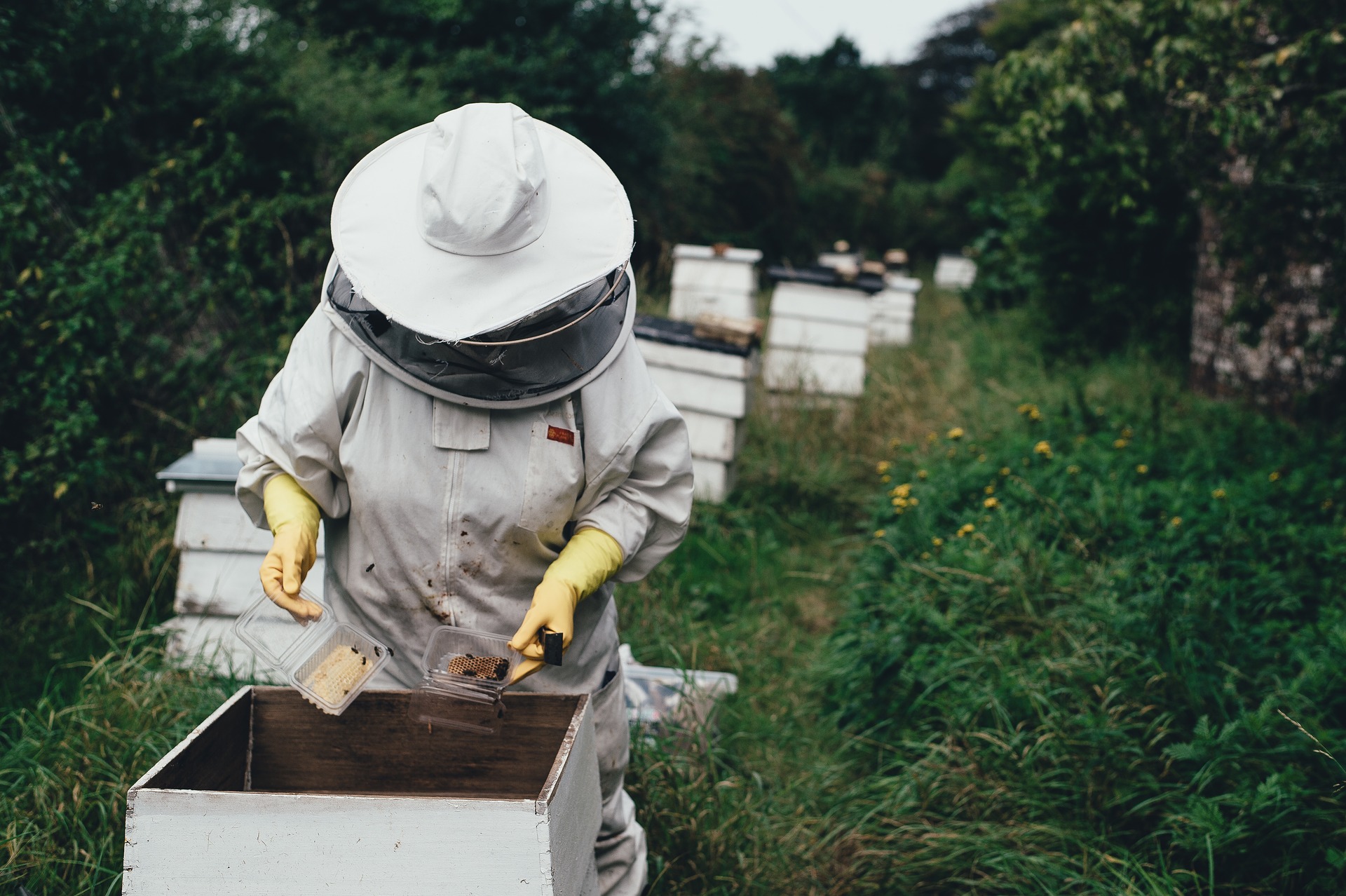
5. A LOCAL-FIRST FOOD POLICY
Ireland’s agricultural sector has become polarized towards the export of beef and dairy commodities. At the same time the diversity of local foods produced for the local market has dwindled. Horticulture has disappeared into the sunset. Meanwhile the taxpayer [directly or via Brussels] provides €2.5 billion a year in support to agriculture. The logic is that this subsidizes non-Irish consumers. In light of likely climate-change implications for food imports and their environmental footprint, taxpayer funding should be channeled to support the diversification of local food production. Local foods processed locally should also benefit local economies. As Irish agriculture will also have to retain an export focus on, diversifying the local offer and emphasising its provenance, will also be a springboard for exporting premium products to wider markets. Therefore, the Farm-2-Fork proposals are to:
- harvest foods for local people, the Nation, and only then export higher-value products
- reward the taxpayers’ investment and support with a supply-their-food-first approach
- encourage and support farmers to diversify to supply local foods to local communities
- help develop new local and regional routes to market that are under producer control
- locally grow low-nutrient-density salads, vegetables and fruits for the domestic market
- enable local people to access land and resources for community gardens and orchards
- see food-processing as central to the rural economy as a creator of local employment
- mandate that food safety rules and bureaucracy do not inhibit suppliers of local foods
6. MARKETING
The greatest inhibitor to rural regeneration and improving farm incomes is the centralization of the farmers’ routes to markets. Farmers now have very little choice and they are locked into commodity supply-chains that leave them competing with those with serious operational scale. As farmers have little capacity to communicate with or reach the consumer, they are unable to create the products that evolving premium markets want. Where premiums are being obtained for Irish products, the rewards to the primary producer are little – they go to others. Simply, the next decade must see major route to market reform and the creation of non-factory-based routes that give family farms the option to be a part of premium-product supply chains. The policy focus should therefore be to:
- focus exports on premium products with a high nutrient density / lower shipping costs
- ensure that the route to processing is short and only finished products travel distances
- help farming and rural communities take back greater control of their routes to market
- channel grant funding into the elimination of farm-to-fork route-to-market bottlenecks
- enhance farm-gate prices to deliver a sustainable, regenerating future for family farms
- create products traceable to the farm of origin and to the use of specific farm practices
- operate a farm-to-fork, supply-chain policy of total transparency and absolute integrity
- ensure that all product marketing claims and branding are grounded by on-farm reality
- support the creation of origin schemes that connect farmer and processer to consumer
- recognize that distinctive foods provide a local identity that enhances the tourism offer
7. TAXPAYER SUPPORT
The relationship between taxpayer support for agriculture and what it returns to the taxpayer has become tenuous. Irish taxpayers are definitely not supporting their own food security or a diversity of local foods and this must change. It is also questionable, in the light of so many farming crises, that the funds do little more than supplement weak farm incomes and, at best, prop up rural communities. The many environmental issues highlighted earlier also mean that farming-system change must occur. It is therefore rational to propose that CAP reform and, in particular the use of Pillar II funding, must be focused upon supporting transition and not maintaining the failing status quo. As a consequence, the Farm-2-Forkvision for the future use of taxpayer funding is to:
- guarantee that tax-payer funds deliver a food-for-locals-first policy for Irish consumers
- end the routine underwriting of food production by paying on-going annual payments
- provide transitionary and tapered annual payments to support farming-system change
- offer investment grants using simple schemes to facilitate desired farm-system change
- operate asset-scrappage schemes when demanded change triggers early obsolescence
- ensure that buyers can reward producers for product that fulfil their specific demands
- remove route-to-market bottlenecks existing between farmer/producer and consumer
- deliver grants for product creation and processing and route-to-market developments
- reward farmers for undertaking and delivering a broad range of services to the public
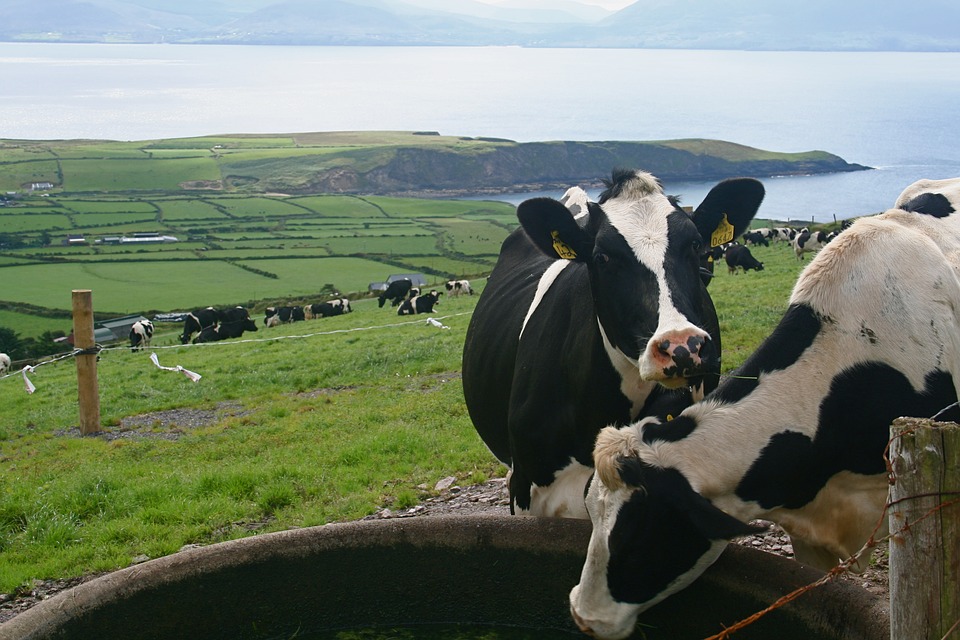
Farm-2-Fork 2030 – The complete vision report
The above forms the introduction and summary to Farm-2-Fork 2030. The truly green farming, food and rural vision for Ireland extends to over 30,000 words in its entirety. It has, nonetheless, been formatted to allow the reader to go to specific sections. It is not an end-to-end read.
The main report itself includes chapters on:
- The truly green and regenerative farm
- Giving the environment back to nature
- GHG emission and pollution-free farms
- Farming life with its animals and birds
- Providing Irish food for Irish folk first
- Purveying fine foods around the globe
- Sustaining dynamic rural communities
- Taxpayers, transition and government
In addition, the Farm-2-Fork 2030 annexes offer visions for the specific farming sectors. Horticulture warrants its own chapter because it has been much neglected in Ireland. In a world where local and greener food sources become paramount, horticulture has to be revitalized. It is also the sector where there can be a much stronger and more direct relationship between the taxpayers’ investment in their own food supply and security and the food they receive in return. It is currently very, very tenuous.
The Farm-2-Fork annexes:
- Farming sector by sector observations
- Horticulture – the people’s food supply
- Key ideas for farming’s changing times
The entire report and its separate chapters and annexes can be downloaded here.
More from Stuart Meikle
Book Serialisation | Creating a New British Farming Food and Rural Policy
AgtechTakeback: Tech Revolutions, Retro-Innovations and Humus Farming
#SoilMatters part 7 | Soil, Farming and Society: support mechanisms for the necessary transition

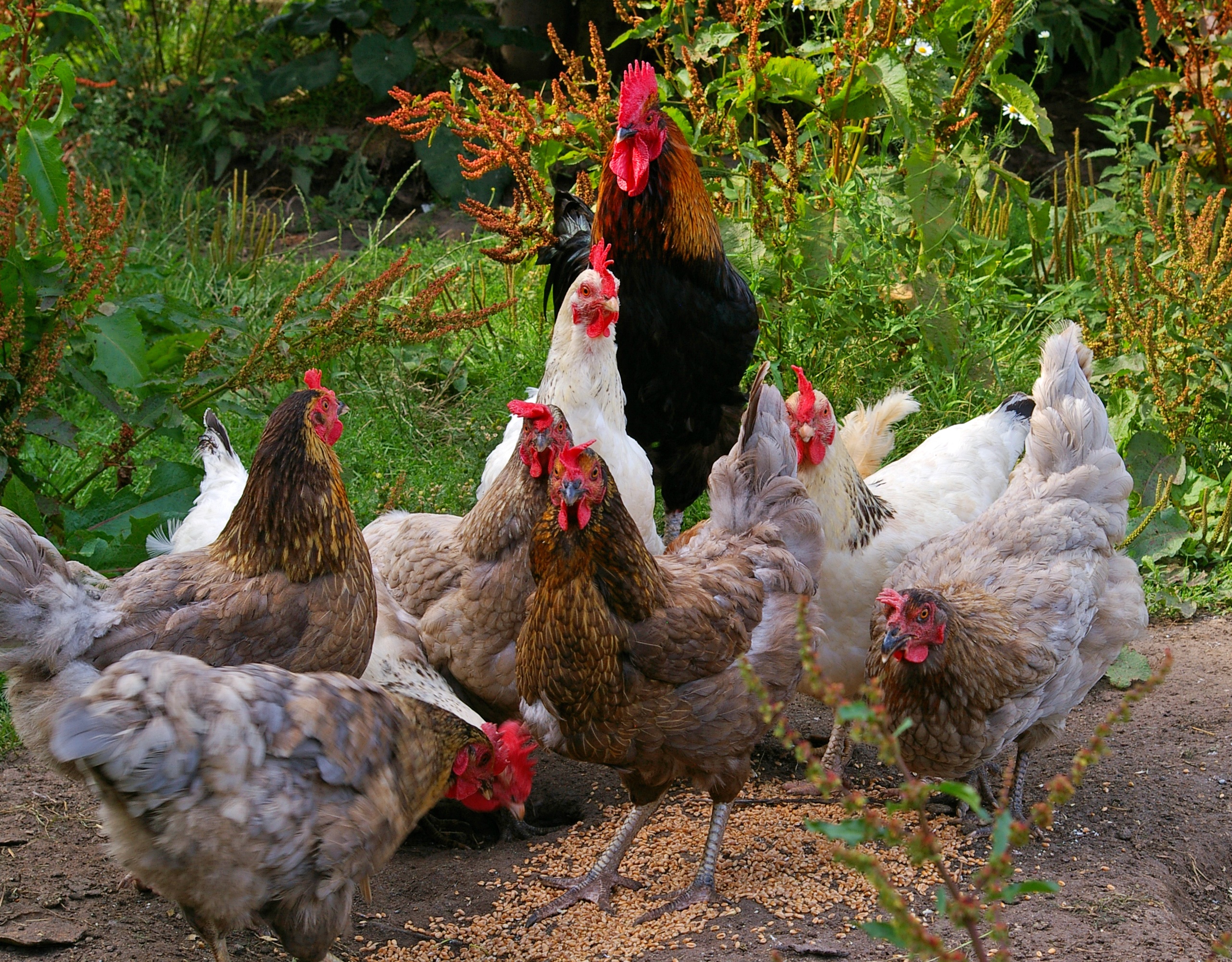


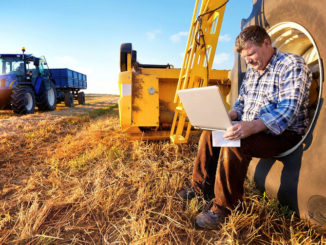
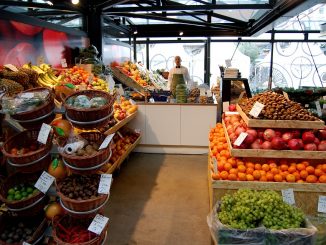
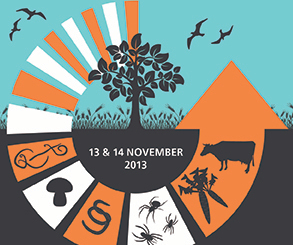
2 Trackbacks / Pingbacks
Comments are closed.